African Art
Most African sculptures were historically in wood and other organic materials that have not survived from earlier than at most a few centuries ago; older pottery figures are found from a number of areas.
The centre of African Art lies in West Africa, the region stretching from Senegal eastwards to Lake Chad. Beyond the Niger, artistic inspiration is limited to applied art and crafts and some ornamental decorative art. The Benue joining the Niger forms the border of another region of sculpture stretching eastwards and south-eastwards and embracing Angola and the Congo basin.
Thus the whole area can be divided into two spheres: the Sudan sphere round the Gulf of Guinea, and, the Congo sphere which lies to the east and south-east of it between the Atlantic and the great Lakes. To the south of Tanzania and in Mozambique lives the Makonde tribe, an isolated group of plastic artists. The Bantu tribes of South Africa, who are highly developed both mentally and physically, show considerable artistic talent, but their plastic art is poor compared with that of the Congo basin and the West. Their best wood-carving comes in the form of headrests, and occasional animal figures of interest. It is however the work of the western region which has made the African famous as a sculptor in wood.
Wood sculpture is the classical tribal art of Africa. To some people Benin bronze sculpture represents even finer work, but it would probably be wrong to consider these as purely African.
Showing all 11 results
-
 £100.00 Add to basket
£100.00 Add to basket3 FACED EBONY CARVING
-
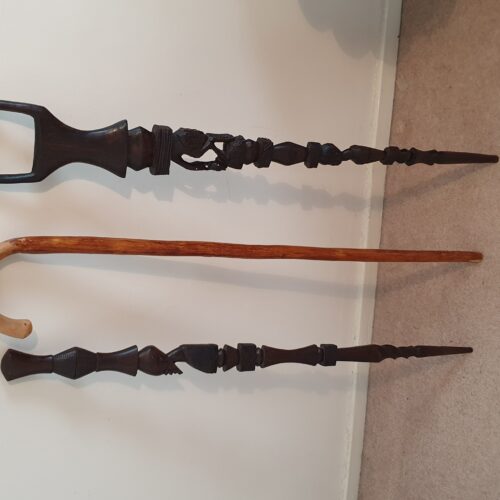 £195.00 Add to basket
£195.00 Add to basketA LOT EBONY CARVED WALKING CANES
-
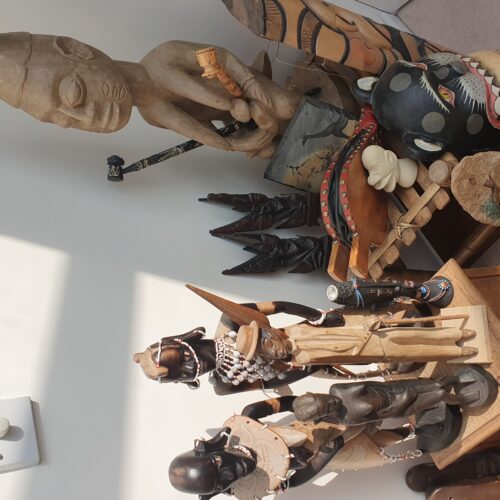 £250.00 Add to basket
£250.00 Add to basketAFRICAN COLLECTION – mix of wooden sculptures statues
-
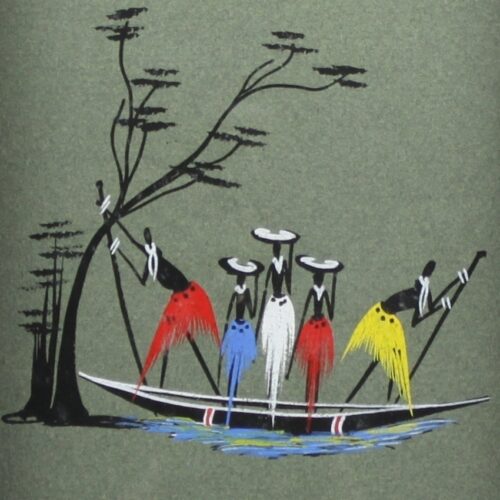 £100.00 Add to basket
£100.00 Add to basketAFRICAN GOUACHE UNIQUE PAINTING
-
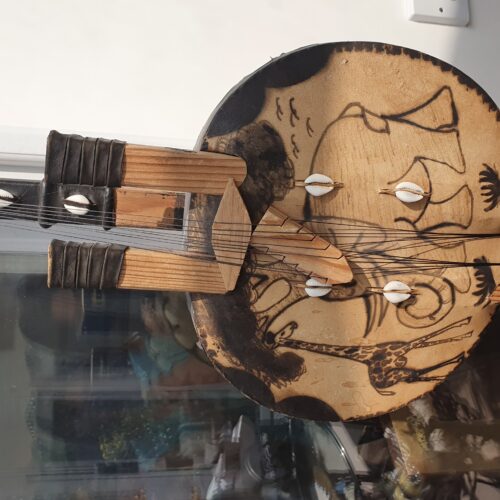 £55.00 Add to basket
£55.00 Add to basketAFRICAN KORA
-
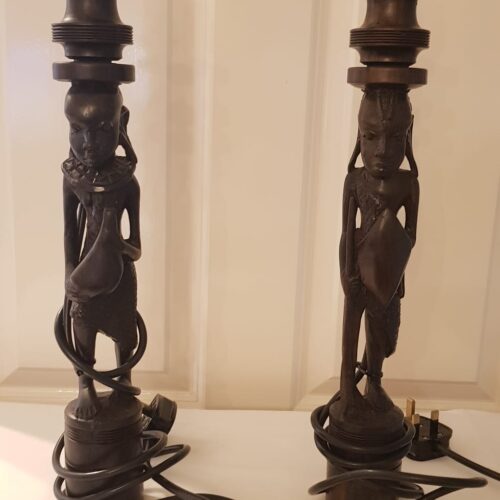 £150.00 Add to basket
£150.00 Add to basketBEAUTIFUL HAND CARVED TRIBAL CANDAL HOLDERS COVERTED INTO LIGHTING
-
 £150.00 Add to basket
£150.00 Add to basketFOUR CLASSIC AFRICAN BENIN WORKMEN BRONZE FIGURINES
-
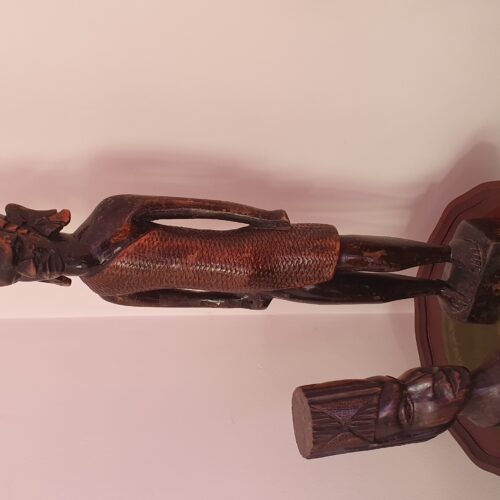 £75.00 Add to basket
£75.00 Add to basketHAND CARVED AFRICAN TRIBAL STATUE with smaller bust – two
-
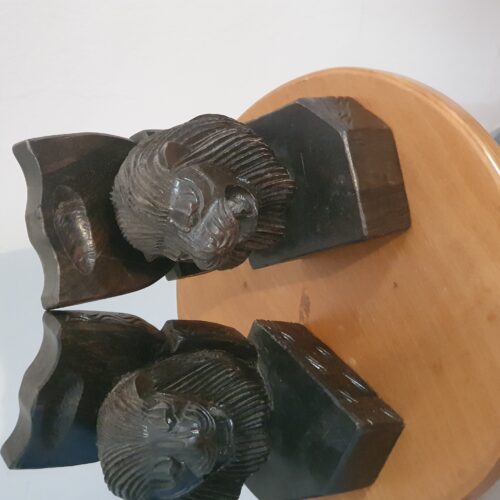 £75.00 Add to basket
£75.00 Add to basketPAIR Antique Black Forest Ebonised Wooden Lion Head Bookends
-
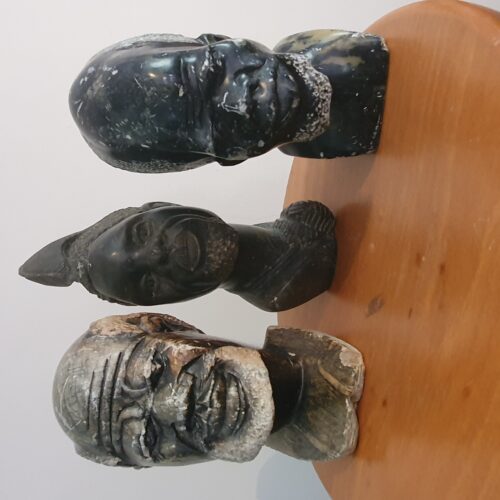 £150.00 Add to basket
£150.00 Add to basketSHONA SERPENTINE AFRICAN BUSTS
-
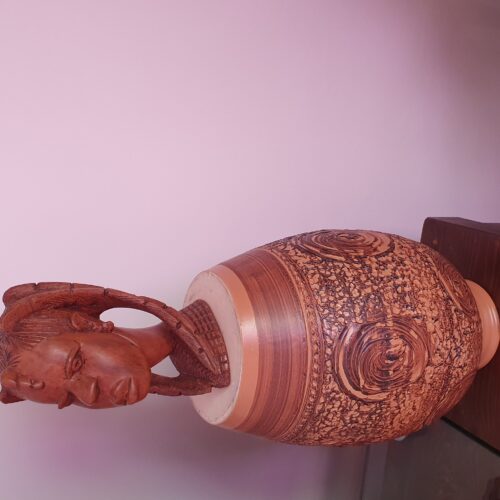 £45.00 Add to basket
£45.00 Add to basketVintage African Hard Wood Carving Of A Female Bust
